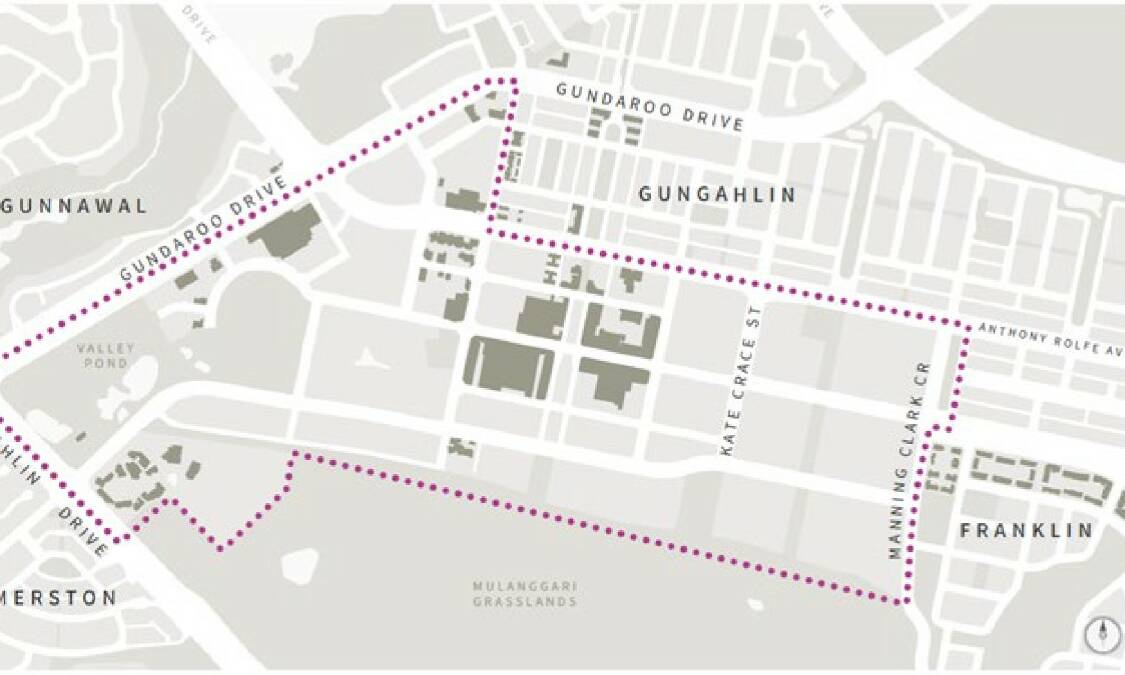Managing the potential safety hazards posed by pedestrians sharing the footpath with an ever-growing number of "personal mobility devices" has been offered as one of the key challenges in the development of the next Gungahlin master transport plan.
As one of Canberra's newest satellite suburban hubs, Gungahlin is regarded as a potential testbed for new "active travel" ideas by the ACT government.
A 2020 feasibility study identified what was described as a number of "legacy" transport planning issues within the area, such as the growing traffic congestion at town centre intersections.
The ACT government's own road crash data portal has revealed the town centre as the location of the area's most crashes, albeit mostly at low speed. Gundaroo Drive in Gungahlin was named at number three by insurer AAMI in Canberra's top five crash hotspots for 2023.

Among the goals identified in the tender scoping documents for a Gungahlin master transport plan was to reduce transport emissions, ease traffic congestion and to encourage active travel, such as walking and cycling. And inevitably, more e-mobility.
The ACT government has marched quickly away from the car and bus-centric focus of previous urban transport. As the tender documents described: "investment in single modal solutions in isolation or planning for individual modes will no longer meet the strategic objectives or capacity needs of the ACT".
But changing modes of mobility always come with a cost, as a recent study by the ACT branch of the Australia Orthopaedic Association revealed 623 hospital presentations of electric scooter riders over 15 months, with some 17 per cent of riders required surgical procedures.
ACT road rules were changed in December 2019 to allow personal mobility devices such as electric scooters, skateboards and "segway-like" devices to share the territory's footpaths with pedestrians.

Around the same time, the ACT government signed a deal with two companies, Beam and Neuron, to allow them exclusive electric scooter rental rights in the territory. There are now 1900 of these devices across the territory, from which the government earns an operational royalty of $1 a day per device.
The Gungahlin plan will provide a clearer picture of how town planners aim to resolve some of the emerging "multimodal" issues and seek a "seamless integration and interconnectivity of these modes".
The successful tenderer will be required to deliver a draft transport plan for the Gungahlin town centre by January next year, taking into account population, land use, "transport inputs" and "behavioural inputs".
Required for developing the plan will be targeted stakeholder consultations and/or workshops "to seek inputs on town centre issues and opportunities".
"Consultants should identify in their submission a proposed list of stakeholders to be included in the consultation process, which should also be clearly articulated in the stakeholder engagement plan," the tender documents stated.
.







